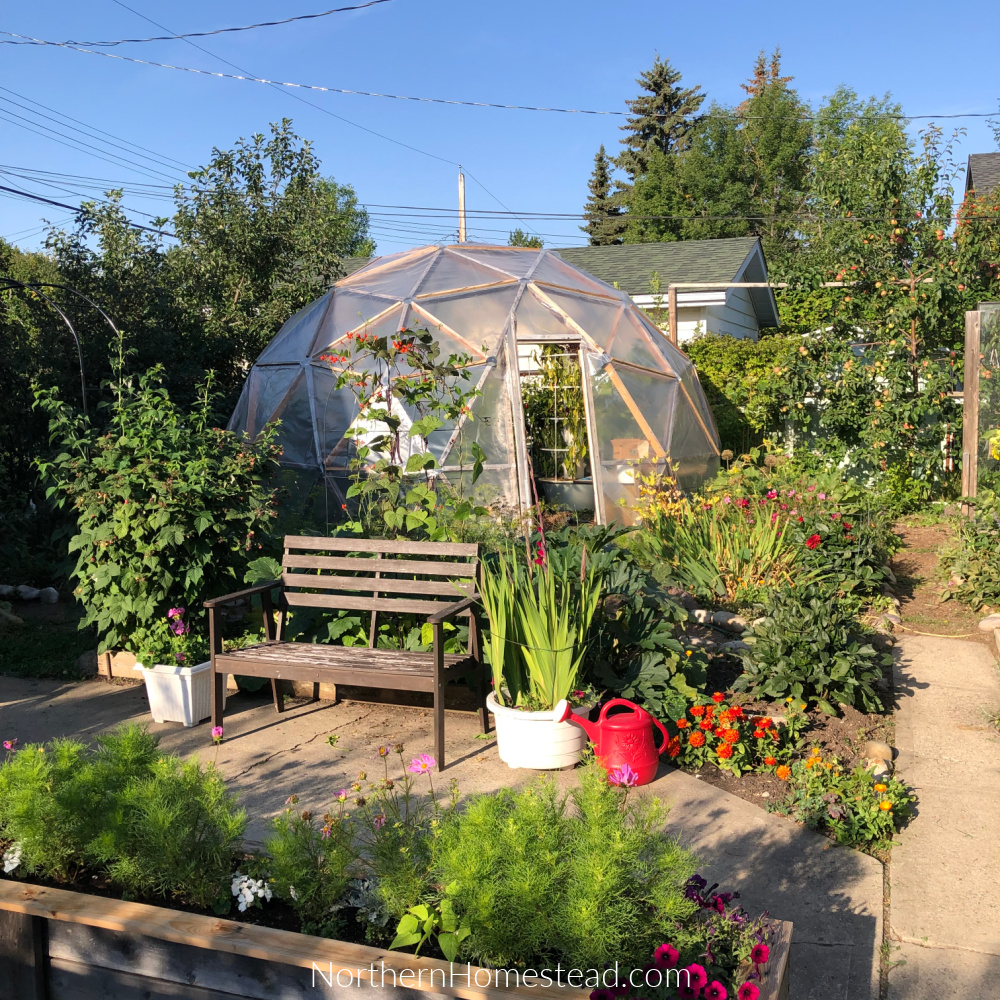
After ten years of our yard-to-garden initiative, we are evaluating what has been successful and what may need to be changed. We are discussing an urban yard in Alberta, Canada, which is in growing zone 3. We are applying permaculture principles, cultivating annuals and perennials in a somewhat wild and free manner. This blog post will look at our yard in late summer to assess its current appearance. In future articles, we plan to focus on specific areas. Please let us know if a particular topic interests you in the comments below.
Have we overplanted?
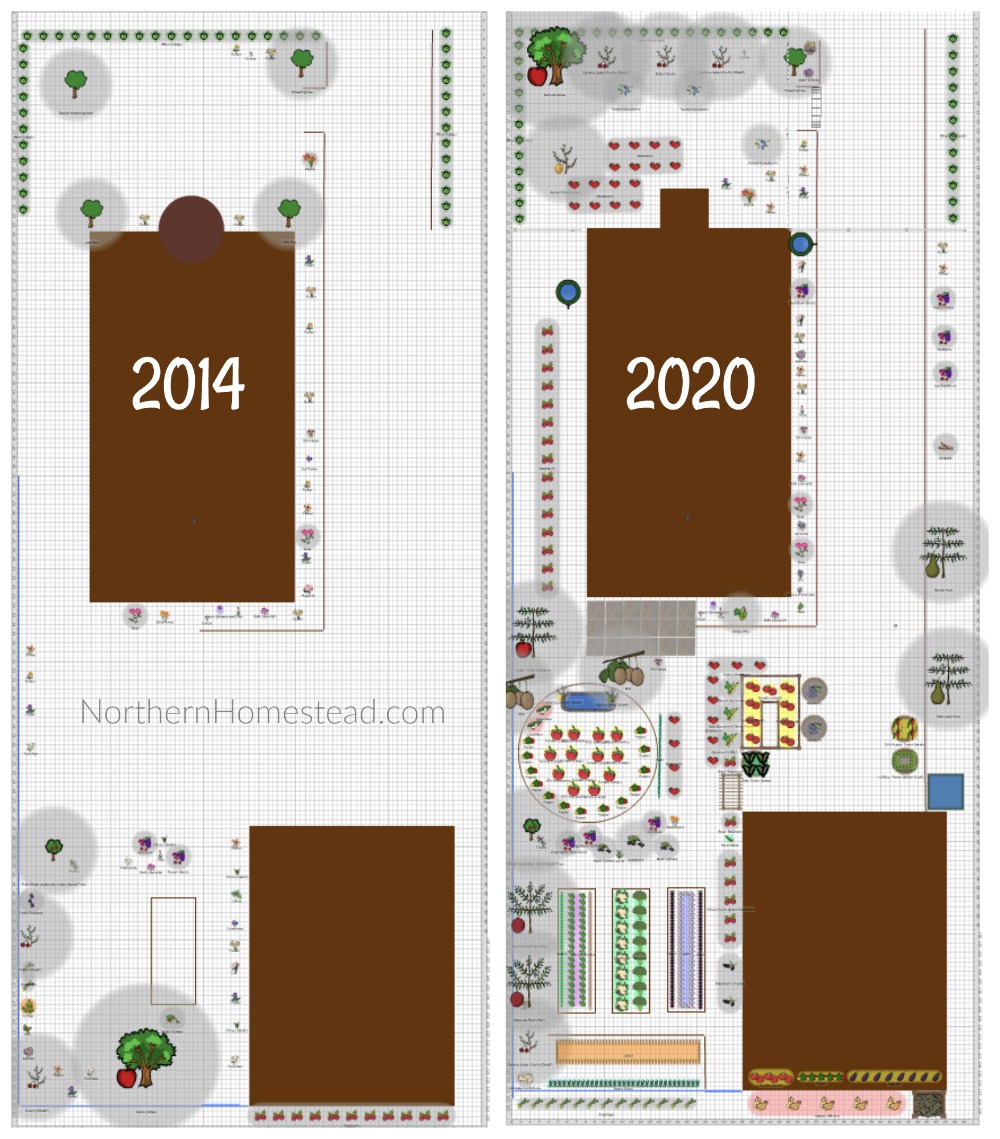
We began transforming our yard in 2014, the first spring after moving into our house. In our 2020 Yard to Garden blog post, we provided an overview of what was planted and where. It has been a continuous process as some trees or shrubs did not survive, and we discovered that different locations worked better for some plants. Overall, we are discussing the state of the yard ten years later and evaluating what worked and what didn’t.
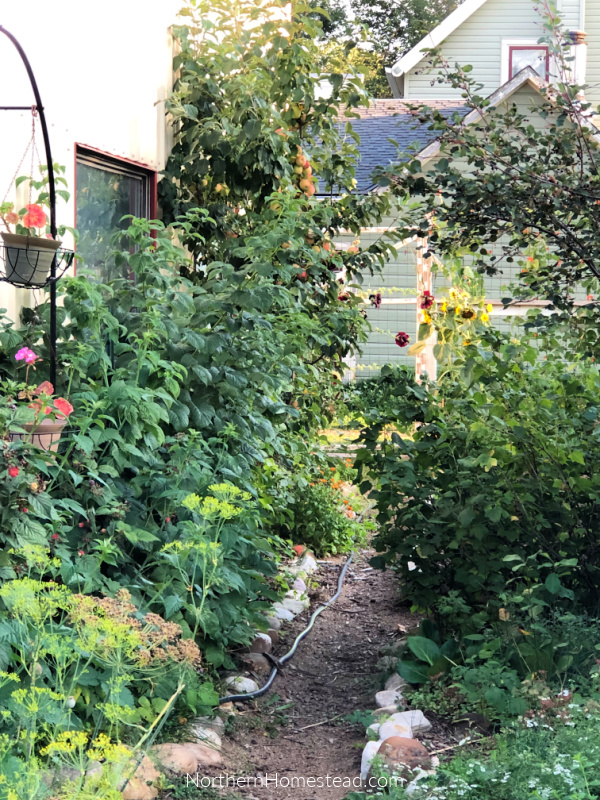
It’s difficult to imagine how big a tree or mature bush will become at planting time. Now, 10 years later, we realize that there are more perennial plants than the space can handle. Luckily, we can also see which ones we like or do well and are worth keeping.
Narrow pathways
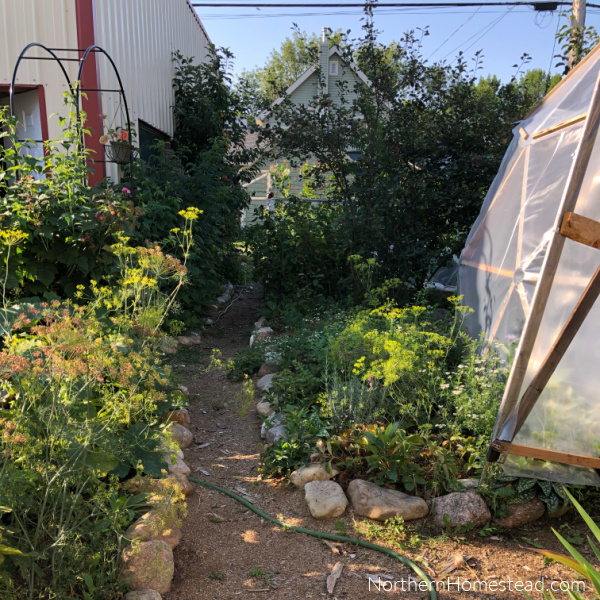
This goes with the first problem. With all the trees grown, the pathways are narrow, especially in late summer, making it hard to get through the garden.
Also, the wood chips and shavings used for the pathways need renewal. They did not last ten years; we have redone them several times.
Raised garden beds
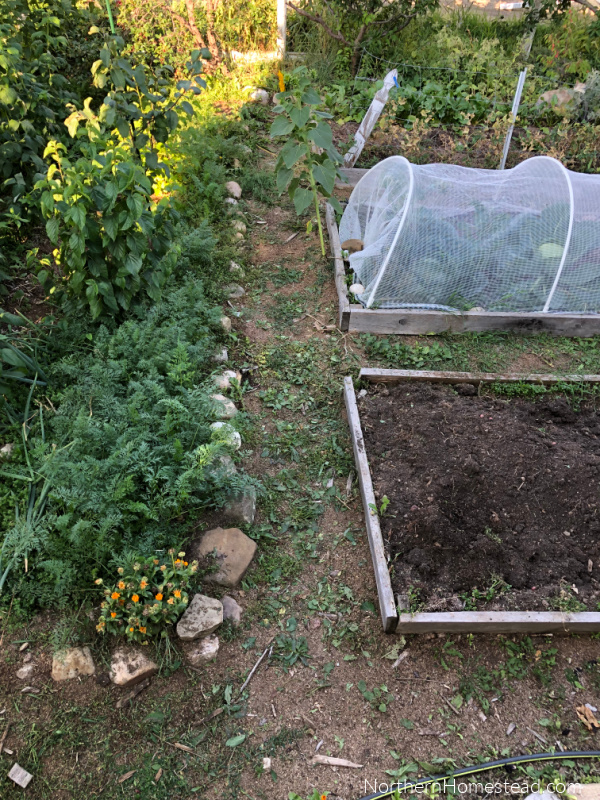
I appreciate raised garden beds because they make it easy to organize plants with a defined border between them. Our beds are not raised very high, which I prefer because we are in a dry climate, and raised beds tend to dry out quickly. Keeping the beds low helps to prevent this issue.
We have used different materials for the bed borders. While the wood has lasted for ten years, the connections and corners need repair. The same is true for other materials, as the connections are the weak points.
Using rocks as borders presents its unique challenge. The rocks tend to encourage seed germination. In this article, we cover using rocks in the garden.
Some of our beds run east-west, while others run north-south; they come in different sizes and shapes. To create a more organized garden, it would be better to have all the beds the same size and running east-west. It would make covering and planning easier.
The soil in our garden
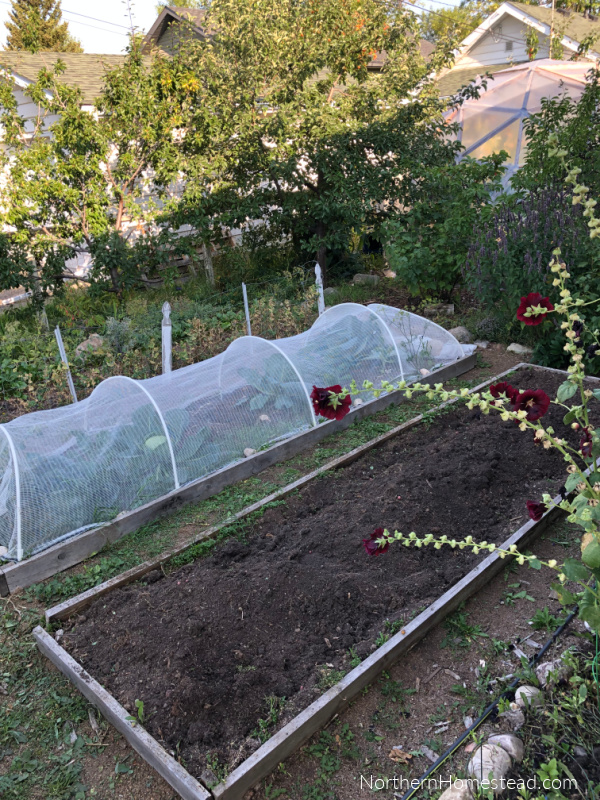
The soil in our garden has been carefully cultivated over the years. It is abundant in organic matter and has a loose texture. The beds initially created as lasagna gardens have excessively loose soil, which could benefit from adding clay. On the other hand, the beds that were mulched seemed to yield better results. The gradual process of soil building is the most effective approach in our expiriance.
The geodesic dome greenhouse
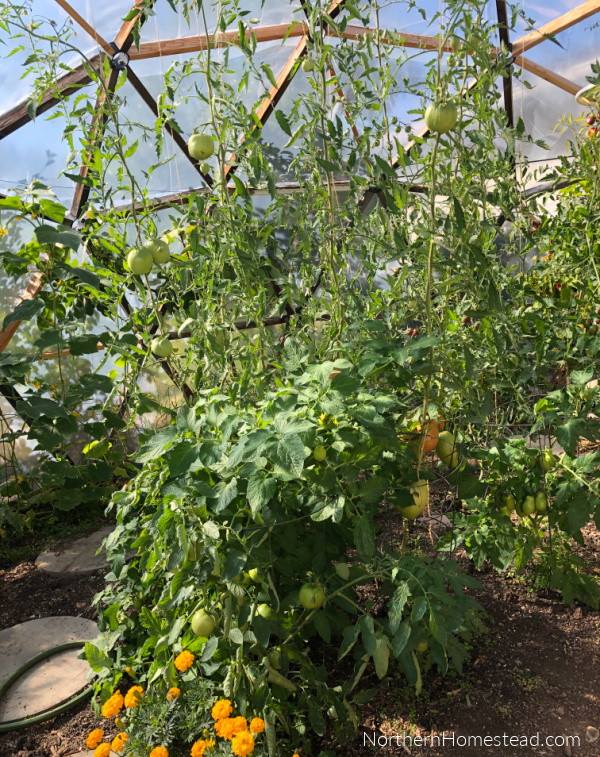
We have written a separate blog article reviewing the geodesic dome. In summary, it is a great greenhouse for DIY enthusiasts. Looking ahead to our 55+ garden, we plan to build a more durable greenhouse that does not require frequent repairs.
The advantage of a mature garden
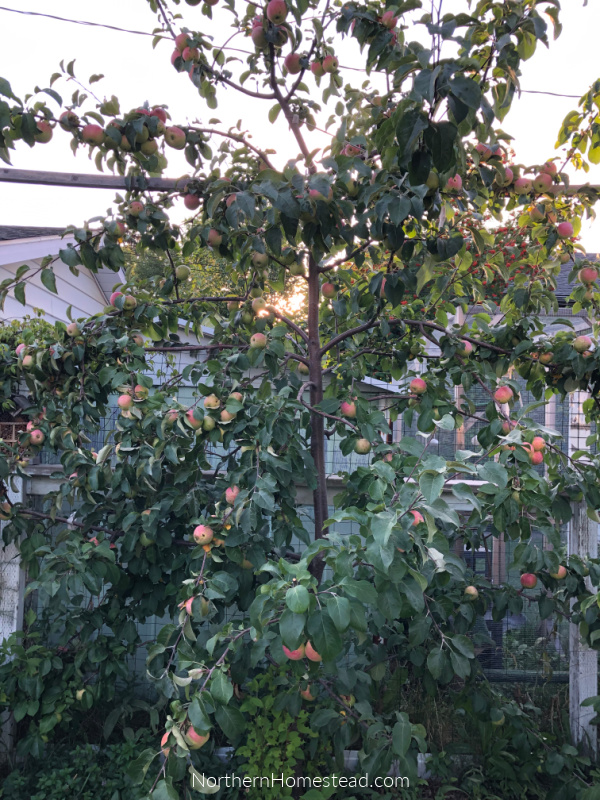
Of course, the major advantage of a mature garden is the harvest. There is so much food growing in this small space. We enjoy the abundance ourselves and share it with friends. If you are starting, you might think it will take over a decade until you can enjoy the fruits of your labor. We can testify it does not. Starting with quick annuals provides a fast return. Perennials also mature quickly. Look at all the fruit growing. Most of these were planted within the last 10 years.
The Ten-Year Yard-to-Garden Initiative Update shows us what worked and what needs improvement. Overall, it was a great experience. We pushed hard to see what was possible in a small urban yard in a cold climate.
We want to make some changes in the future, but we don’t know where they will lead. Should we start over or redesign this yard? What do you think?
We invite you to subscribe to Northern Homestead and follow us on Instagram, Facebook, or Pinterest for the latest updates.

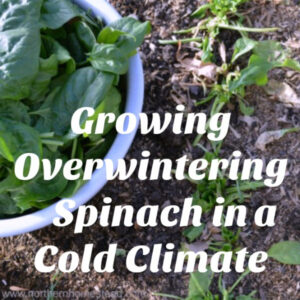
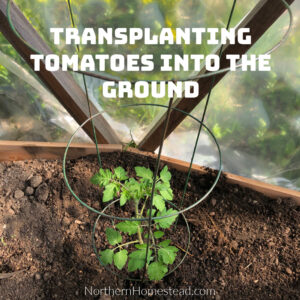
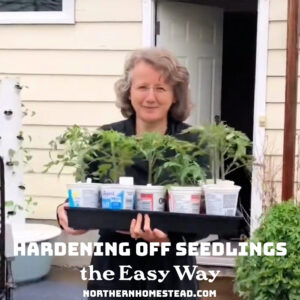
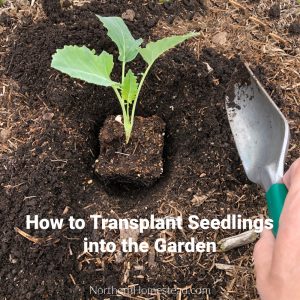
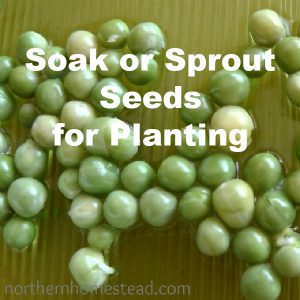
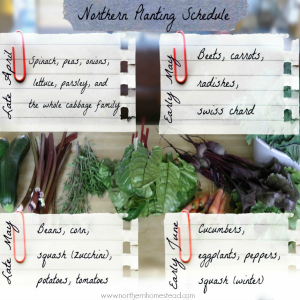
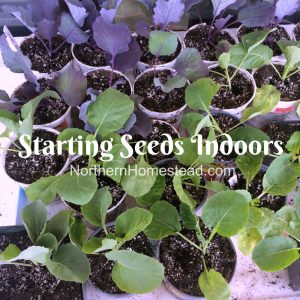
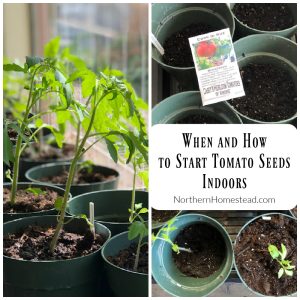
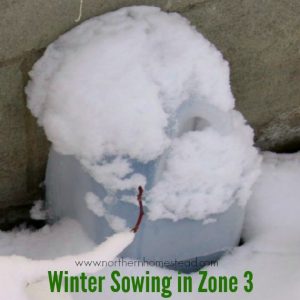
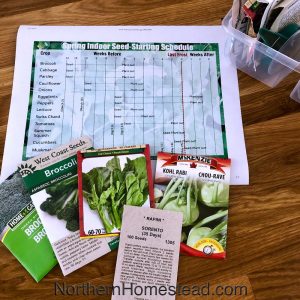

It’s Fall. Cut back & prune for winter, cardboard and chip your pathways to cover weeds & seed and keep the mud down and think on it over the winter….then let spring happen. Thin accordingly.
Thank you, yes the pathways do need some work. Thank you for your suggestions.